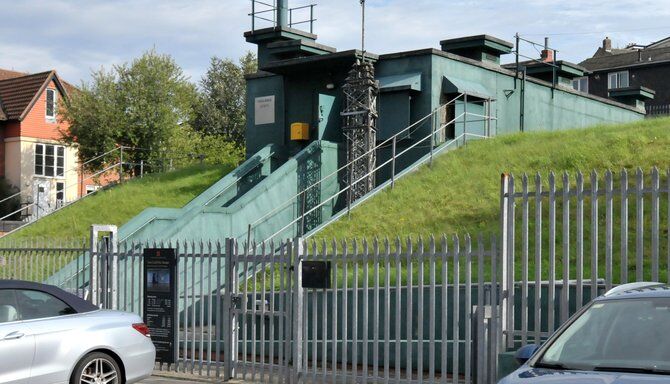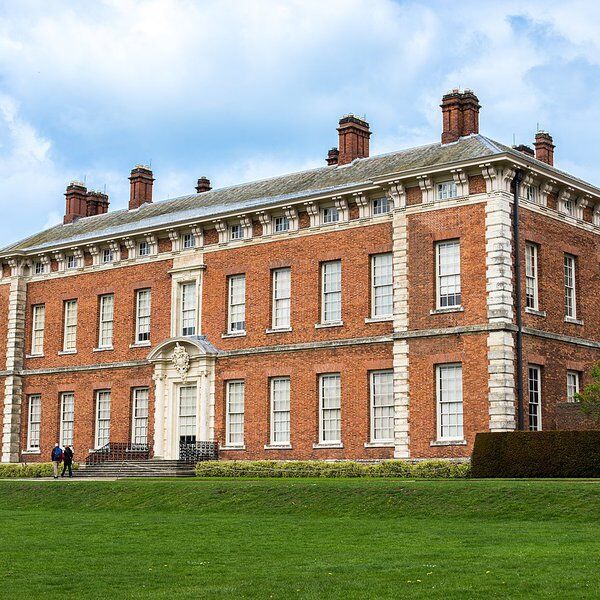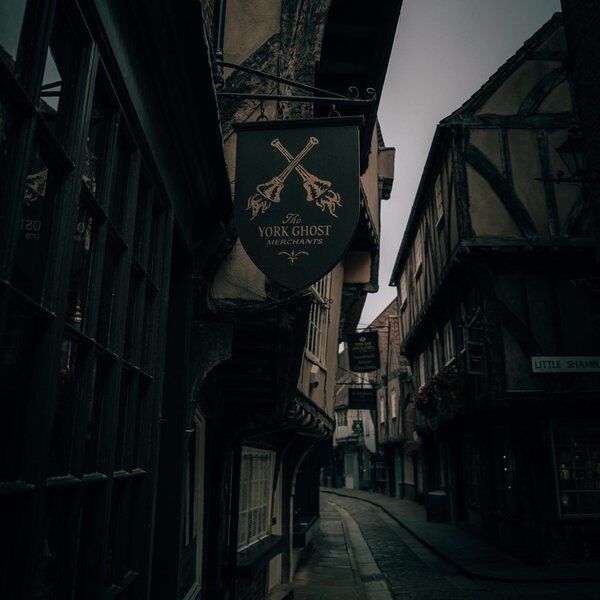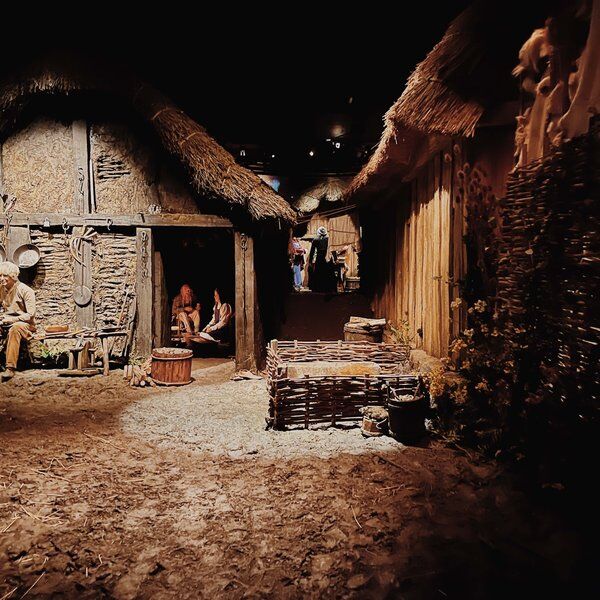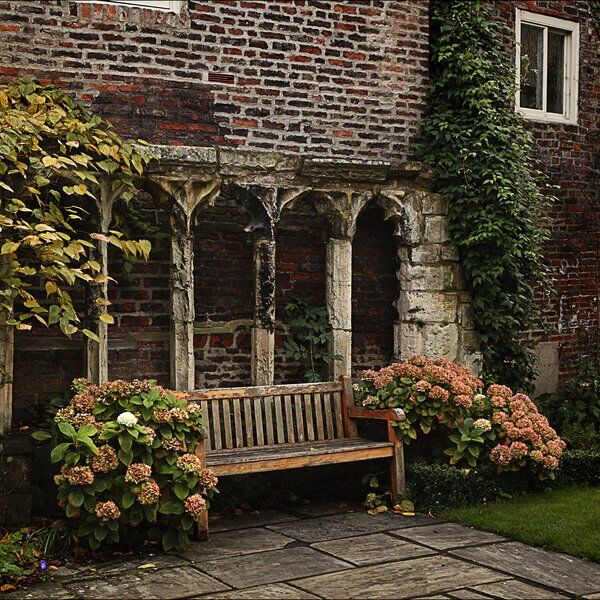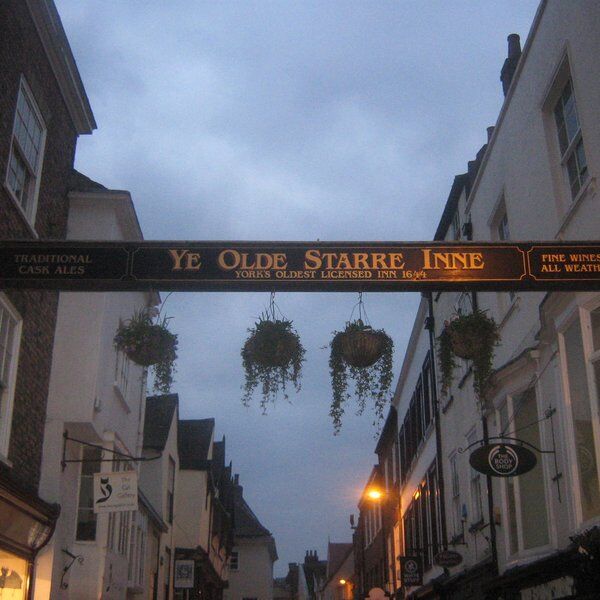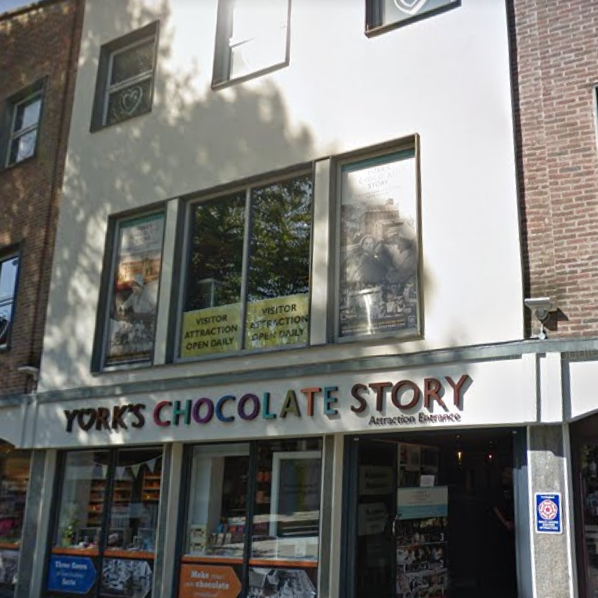Stashed away in a housing estate, just to the west of the city of York, lies the formidable and fascinating heritage site now referred to as York Cold War Bunker.
Built in 1961 following escalating tensions between ‘East’ and ‘West’, the York Cold War Bunker was built to house 60 volunteers whose job it was to observe and monitor any effects of nuclear fallout in the city.
At the time it was built, it was just one of thirty nuclear bunkers that had been built up and down the UK. Today, however, it is the only remaining example of an ROC control building that has been preserved in its original, operational condition.
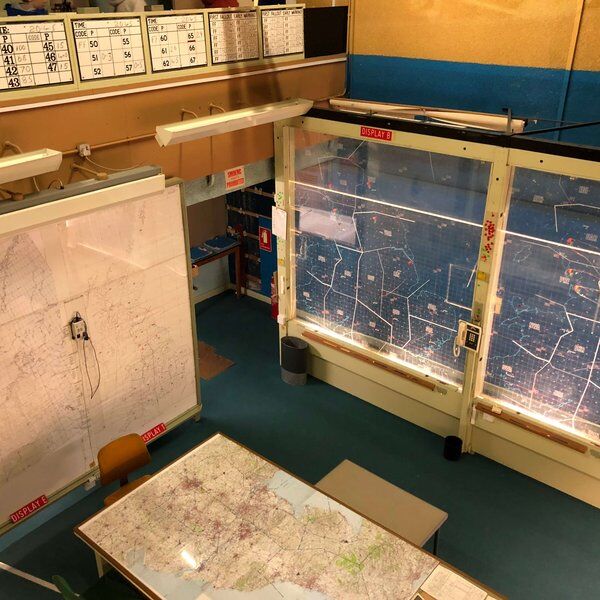
Why is There a Cold War Bunker in York?
Simply put, the Cold War bunker in York was built to protect the city and citizens of York from nuclear fallout.
Following mounting political tensions between the East and West, the British Government established plans of defence against the impact of a nuclear strike. These plans included building nuclear bunkers in cities and strategic locations across the UK.
The main functions of the new network of nuclear bunkers were two-fold: firstly, to provide a location for staff to locate and confirm nuclear explosions in the vicinity and secondly to alert the British public to nuclear strikes.
The network was headed by the United Kingdom Warning and Monitoring Organisation (UKWMO) which was part of the Home Office, but it was mostly managed and staffed by the Royal Observer Corps (ROC), which was made up of 25,000 volunteers from all over the UK.
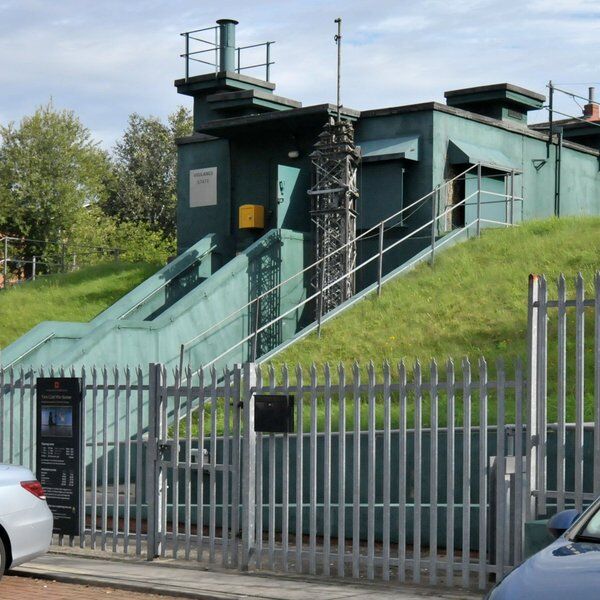
Postwar York & The Lead Up to The Cold War
The relief that followed the end of the Second World War was short-lived. In Europe, millions of people had been displaced, made homeless due to bomb damage and geographical borders had been redrawn.
In England, the country was edging towards a slow but steady recovery. Rationing continued in England until 1954, and even cities and towns that had escaped bombing were adapting to fit the new, modern expectations of a postwar life.
In York, change was also afoot. By 1962, an estimated half of the city’s women were employed by Terrys and Rowntree, a major chocolate and confectionery company. Things were looking up for many, though grim rumblings of global disquiet about a possible nuclear war were getting louder.
The Cold War in York
Following the Second World War, much of the world was divided into “East” and “West”: the former followed Soviet-style communism and the latter adhered to capitalist ideologies. These two irreconcilable political differences created what Churchill dubbed ‘an Iron Curtain’ across Europe. The United States sided with Britain and western Europe against the Soviet Union and its newly-formed satellite states.
Geopolitical tensions escalated alarmingly fast. In 1960, a Home Defence Review examined Civil Defence policies relating to possible nuclear war, including if and how the British public would survive in the event of an attack. Part of the strategy was the construction of shelters such as the York Cold War Bunker.
Three years later, British households received a pamphlet from the Home Office in the post with advice of what to do after a nuclear strike. At the same time, staff at the York Cold War Bunker had been working for two years monitoring radiation levels and on the lookout for nuclear explosions.

How York Cold War Bunker Operated
On any given day from 1961 to 1991, up to 60 staff could be found inside the York Cold War Bunker. The staff were almost equally split between men and women, made up mostly of volunteers from the Royal Observer Corps.
They worked for 30 days at a time, sleeping in shifts throughout the day so that observations could take place around the clock. The bunker contains a kitchen, canteen, plant room, effector room, operations room, officers’ room, dormitories, toilets (one for men and another for women), a telephone exchange; radiator room, decontamination room and an aerosol filter chamber.
Arguably the most important room inside York Cold War Bunker was the Operations Room, which is where the staff would gather bomb and meteorological information to plot and predict the direction of nuclear fallout from detonated nuclear bombs.

AWDREY: The Queen of The Operations Room
The operations room of York Cold War Bunker was where the staff got down to some serious business. As well as the mighty volunteer taskforce working tirelessly up and down the UK, the country was wholly reliant on one system of machine known as AWDREY.
AWDREY (Atomic Weapons Recognition and Estimation of Yield) was developed after extensive research into nuclear fallout patterns. AWDREY was designed to detect and record two intense flashes of light in rapid succession, a defining characteristic of nuclear bomb detonations. The gap between the flashes of light was measured by AWDREY to estimate the weapon’s power and the bomb’s approximate location.
AWDREY systems were in place all over the UK’s ROC operated HQs; in Belfast, Bristol, Carlisle, Carmarthen, Colchester, Coventry, Dundee, Exeter, Horsham, Inverness, Oxford and, of course, York.
While AWDREY was incredibly useful during the Cold War, she wasn’t entirely perfect. Her Achilles heels were lightning and fireworks, though as the nuclear bunkers also followed weather patterns in their area, the former was easy to dismiss.
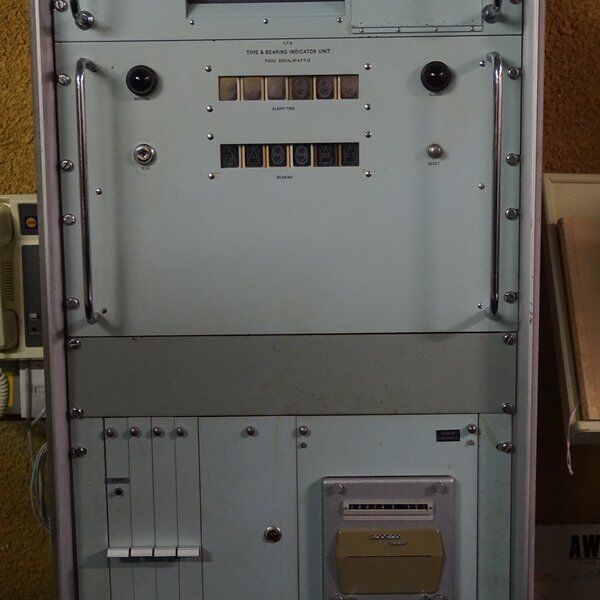
A Powder Room Problem
Another interesting room inside the York Cold War Bunker is the ‘ejector room’. While it sounds like some kind of spaceship launch pad, the truth is far smellier.
The York Cold War Bunker had two separate bathrooms for men and women, fitted with showers. Surprisingly, this was considered ultra modern at the time.
The 1961 census showed that 7% of homes in England and Wales didn’t have a toilet inside or attached to their dwelling - many people were still using chamber pots or outhouses. On the other hand, York, an affluent city, showed that just 1.43% of York residents didn’t have an indoor loo at their disposal.
But on the bathing front, York was behind the times. 19.04% of residents in York had no fixed baths inside their homes, and British people still preferred baths to showers.
The bathrooms in York Cold War Bunker had to be designed especially to accommodate sewage expulsion. Because the bunker is situated lower than York’s sewage system, it needed high pressure to evacuate sewage from it. The ejection system in the York Cold War Bunker expelled waste with a pressure around 100 PSI (pounds per square inch), or in layman’s terms, enough to blow the lid off of a manhole cover!
The bunker contained two sewage tanks, and a blast of compressed air was used to empty one at a time. According to one source, the toilets were only flushed once every eight hours to save water.
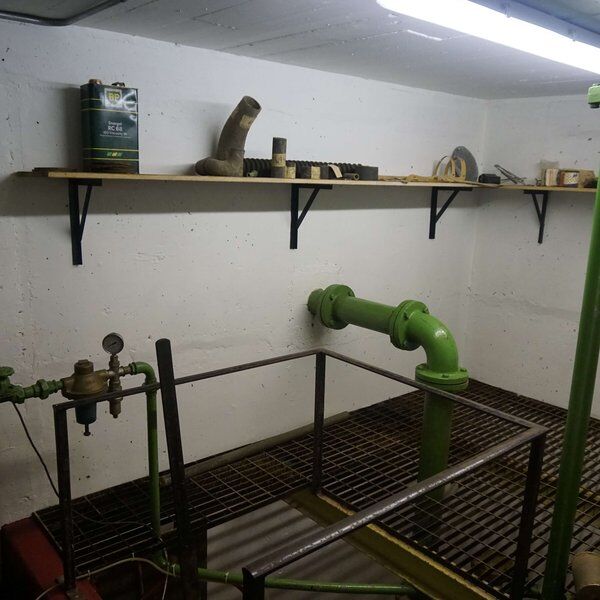
How to Visit York Cold War Bunker
Getting There:
To visit York Cold War Bunker, you need to travel around two miles out of the city centre.
Parking isn’t available nearby, so the easiest ways to access it are either on foot or by bus. It takes around 20 minutes to half an hour to walk there from Micklegate, otherwise regular buses depart the city for York Cold War Bunker - look out for numbers 1, 142, 412 and 413.
Opening Times:
York Cold War Bunker is open mostly on weekends and Bank Holidays. You can save 10% off tickets if you book online here.

Find More Hidden Gems in York with CityDays
York Cold War Bunker is located just west of the city of York.
Ready to discover more of what York has to offer?
CityDays have FOUR outdoor treasure hunts in York to choose from, including our brand new trail York Mystery Picnic. All combine the fun of an escape room with the historic facts and whimsical trivia of a walking tour!
Take the stress out of planning your visit to York and book your adventure today!
Not visiting York this time? Don’t worry, you’ll find us all over the world.
